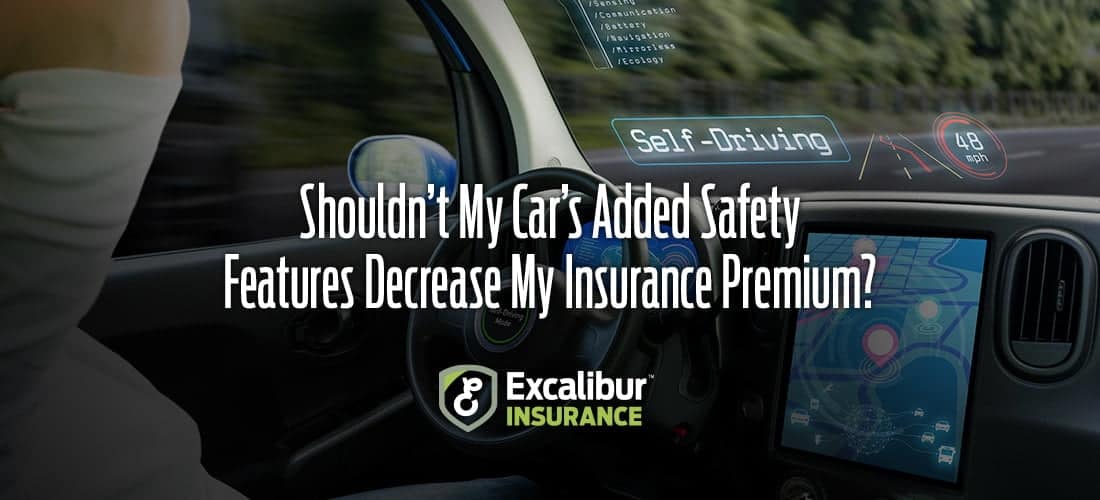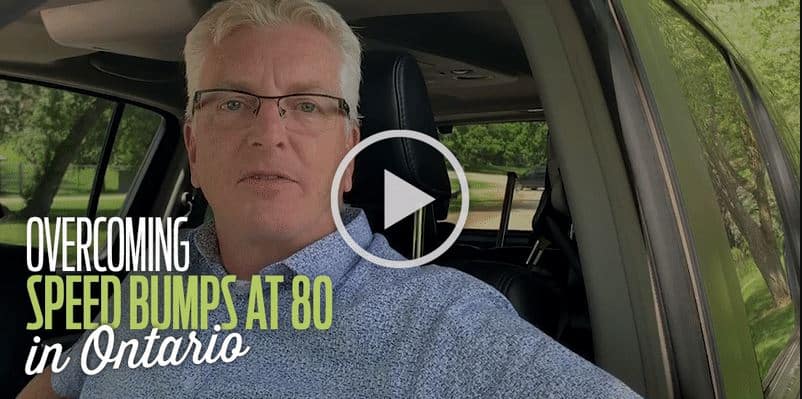
Shouldn’t My Car’s Added Safety Features Decrease My Insurance Premium?
November 21, 2019
Share:
Nowadays, cars can virtually drive themselves. Thanks to many high-tech features, your commute has never been as easy, or as safe. These added safety features include:
- Blind-spot detection
- Lane departure warning
- Rear-view camera
- Park assist
- Forward automatic braking
With all these added features to make driving easier and to reduce the amount of accidents, shouldn’t insurance premiums be lowered to account for the greater level of safety?
It may come as a surprise to many, but these safety features don’t substantially decrease your insurance premiums much, if at all. According to Forbes, “[out] of nine available auto safety systems, only one – electronic stability control – will trigger a lower rate. And that only amounts to an average discount of about $7 on an annual $1,247 premium.”
Here are the main reasons why advanced safety features don’t actually lower your insurance premium:
Repairs are Now More Expensive
These added safety features we’ve come to expect in cars don’t come without a cost. Take backup cameras for example. Originally, if you got rear ended in a fender bender, it would cost between $300-500 to repair. Nowadays though, backup cameras are often built in and are pricy to repair. If you are the victim of a collision from behind and your camera gets bent out of shape along with your fender, you can expect to spend around $1000 to get it repaired.
Not only do these added safety features make repairing your car more expensive; they also make those repairs a much more time consuming process. Not only will your repair shop have to put the fender back on the car, they will also need to hook up and recalibrate all the safety features inside of it. These additional steps in the process can easily tack on a couple hours’ worth of extra mechanic fees.
The Cost of Small Accidents is Increasing
Although these added safety features can help to keep you and your loved ones safe in major accidents, they can prove to be a hassle when dealing with minor accidents. For example, if someone backs into your car while parallel parking, or clips your wing mirror when pulling into a parking spot, there is more potential for damage to the embedded electronics of your car (think cameras, heated mirrors, sensors, etc.) Damage that in the past would require the simple popping out of a dent or two can lead to expensive additional repairs, making a small accident a much bigger deal.
People Have Become Too Technology Reliant
You know how you don’t remember anything these days unless you put it into your phone calendar? Or, how you don’t mine your mind to remember that obscure hair metal band from the ‘80s, opting instead to go straight to a search engine to find your answer? Well, the same overreliance on technology also goes for drivers.
Additional safety features only make cars safer when used properly. A common issue since the development of these safety features has been that drivers rely too heavily on them. For example, just because your car has a blind spot detector, doesn’t mean you shouldn’t check your blind spot yourself. Sometimes technology fails, and if the person driving the car doesn’t double check the lane is clear before pulling into it, it can lead to an avoidable accident. These types of accidents are common, meaning that the number of accidents in cars with these kinds of safety features hasn’t decreased as much as originally hoped.
The takeaway? Technology is a wonderful way to improve the safety of our auto travels, but we are some way from seeing it positively impact your insurance premiums. More importantly, never rely on the tech when a good old glance over the shoulder could save you from an accident. Drive safe!
Looking for an insurance quote?
If you’re looking for car insurance, give one of our Defenders a call to get a quote, or do a quick, 5-minute online quote here.






